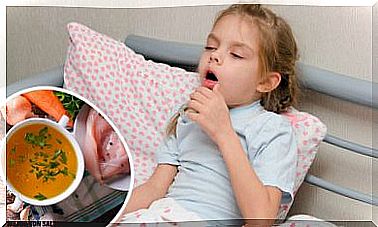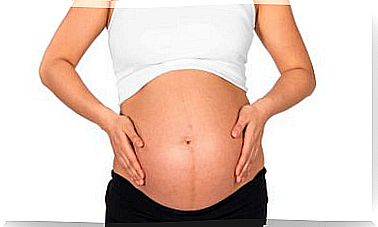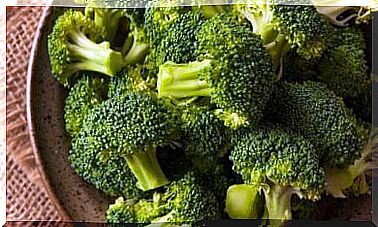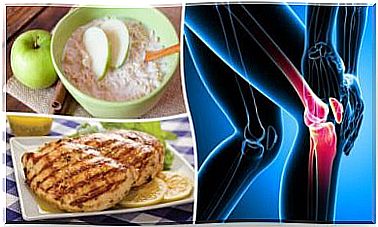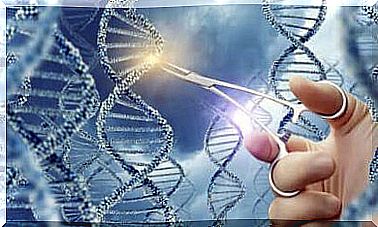Why Do Salmonella Cases Increase In The Summer?
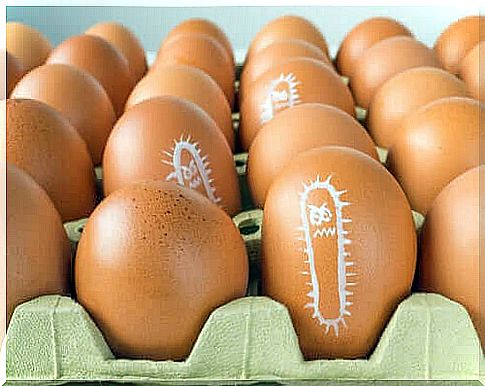
In summer, the temperature is higher and you travel more. It can be an unforgettable experience to taste foods from other cultures on a beach, but one must not ignore that there is some inherent risk in eating foods that are not regulated by health protocols. A brave tourist can end up falling victim to salmonella in the summer.
The bacterium of the genus Salmonella, which causes the infection Salmonellosis, is present throughout the year. However, there are always more cases of this food poisoning in the summer.
Why? Read on here and find out!
How to understand salmonella
Salmonella is a bacterial genus that consists of optional anaerobic gram-negative bacteria – this means that they can get energy without oxygen. We usually call this bacterium salmonella. The natural habitat for these microorganisms is unfortunately in the intestines of a type of warm-blooded animal, including humans.
Salmonellosis does not happen easily, as these bacteria usually cannot withstand the acidic pH of the stomach and may die before reaching the intestines. Those who come through must face the intestinal flora and the rapid intestinal transit.
Only a small percentage of these pathogenic microorganisms manage to get stuck on and reproduce in the lining of the intestines. It is then that the characteristic symptoms begin:
- Violent diarrhea.
- Fever.
- Stomach pain.

Why cases of salmonella increase in summer
The answer is simple: High temperatures increase the bacterial growth rate of salmonella. It helps to think of bacterial growth on a surface like a roller coaster:
- There is an adaptation phase where the bacterium colonizes the medium where raw foods that have not been in the refrigerator have been thrown away.
- Thereafter , the bacterium experiences exponential growth, with each bacterium leading to two cells through a technique called binary fission. A favorable environment (in this case a higher temperature) accelerates the exponential growth of salmonella.
- After that, there is a stationary phase, “a plateau” (or the top of the slide), where the bacterium grows and dies at the same rate due to depletion of nutrients. Here it reaches the limit of the stock.
- Eventually, the decline begins as nutrient deficiencies and accumulation of toxic products end up being harmful to the bacterial colony.
The greater the bacterial burden during the exponential and inpatient phase, the greater the risk of getting salmonellosis if the person is exposed to infected food. It is still not entirely certain how many bacteria a person must eat to develop this type of food poisoning. Researchers estimate between 1 and 10 million.
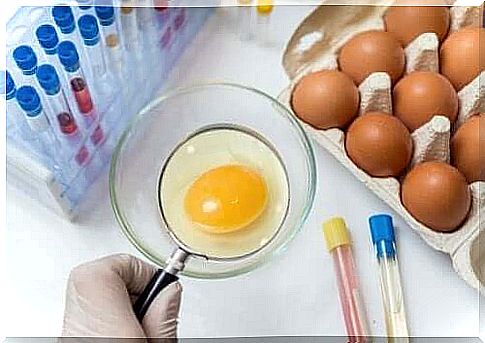
Anthropic and environmental factors
As we mentioned, the higher the temperature, the faster the bacterium reproduces, and the greater the likelihood that a person will ingest a bacterial burden large enough to cause salmonellosis.
However, not all the risk is due to the temperature itself. As we mentioned above, some habits can increase the likelihood of infection, such as the following:
- Eating raw foods without sanitary control.
- To take unprepared food that has not been in the fridge with you on a picnic.
- Eating in unhygienic places where materials or cutlery are not clean and may contain traces of salmonella.
Other factors may increase the rate of salmonellosis in the long term. In fact, a study published in the journal Foodborne Pathogens and Disease warns us that climate change seems to be linked to the increase in these infections in the United States. This makes sense due to the increased temperatures, which promotes bacterial growth.
Prevention of salmonella in summer
In conclusion, salmonella will inevitably multiply more in the summer. However, one should take appropriate hygiene measures and use common sense when choosing a restaurant where one wants to eat, for example.
Summer is a time of particular risk when it comes time for food poisoning. It is important to be careful when handling and preparing food. After all, prevention is better than cure.
